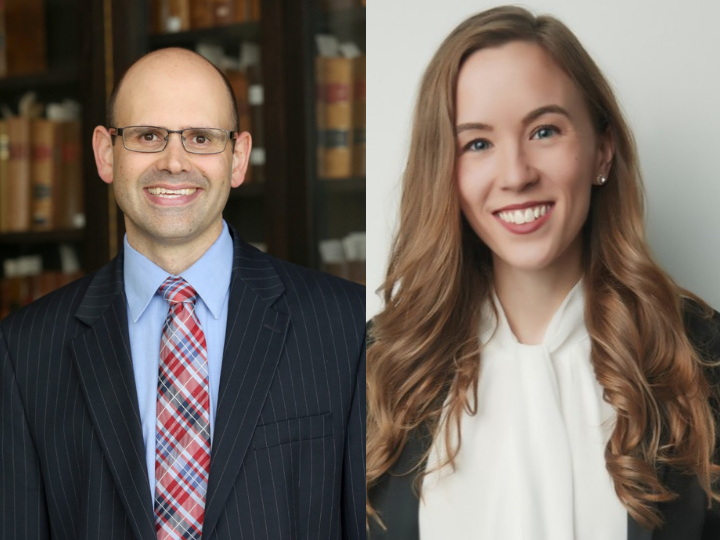

A new study authored by University of Houston Law Center Professor Jim Hawkins and student Tiffany Penner and published in the Emory Law Journal indicates that the payday lending industry often targets Black and Latino communities in advertising their products, while the mainstream banking industry targets white consumers.
In “Advertising Injustices: Marketing Race and Credit in America,” Hawkins and Penner present two empirical studies they conducted on lenders in Houston, which verified these disparities in online advertising.
“Everyone knows that advertising affects behavior, so we were interested in how banks and payday lenders advertise,” the authors said. “Social scientists have shown that people buy goods and services when they see other people who look like them buying those products. We wanted to know if banks and payday lenders were depicting their customers in a way that represented the general population or only some races.”
The study found:
- While African Americans make up only 16% of auto title lending customers and 23% of payday lending customers, 35% of the photographs on these lenders’ websites depict African Americans.
- 77% of the advertisements at physical locations of auto title and payday lenders in the study targeted racial minority groups.
- 30% of mainstream bank lender websites featured no African American models and almost 75% featured no Latino models.
- In contrast, only 3%—a single bank’s website—did not feature a white model.
Recent news articles citing Hawkins and Penner’s scholarship, examine how loan lenders are maximizing their profits by requiring high interest rates during the COVID-19 pandemic when many people have been vulnerable and in difficult financial positions. Data analysis by Bloomberg shows that Black and Latino communities have become prime targets, and the article reports that many people have had to set aside government pandemic relief funds to help pay off debts.
Hawkins and Penner examined two important negative consequences that emerge from targeting African Americans and Latinos for payday and title loans while pictorially excluding them from mainstream banks. The first consequence is that the advertising works, and African Americans and Latinos are more likely than white customers to use high-cost credit. They also found that advertising forms societal norms and expectations of where people “fit.” This in turn, according to the study, creates a “self-sorting” effect and contributes to racial disparity in credit access.
Hawkins and Penner’s goal for the study is to achieve a positive impact that will change the way lenders advertise. Specifically, they encourage financial institutions to eliminate discriminatory marketing that omits certain racial groups, as some banks currently only feature white models in advertisements.
“We hope that businesses will voluntarily change their advertising practices to represent people from all races in their advertising,” the authors said. “Additionally, we urge Congress to amend the Equal Credit Opportunity Act to explicitly prohibit discriminatory advertising by creditors, and federal regulatory bodies to use that Act as well as the Community Reinvestment Act to make bank’s and payday lender’s advertising equitable.”
Hawkins serves as the Alumnae Professor of Law at the UH Law Center. He earned his J.D. from the University of Texas School of Law, where he was the grand chancellor and served as the chief articles editor of the Texas Law Review. During his career, he has published or placed articles in publications such as Science, the UCLA Law Review and more. His research has been featured in top-tier media outlets such as the New York Times and the Washington Post.
Penner is a rising third-year student at the UH Law Center, where she is a member of the Houston Law Review and served on the executive board for the First-Generation Professionals student organization. During law school, she worked as a summer associate at King & Spalding and a judicial intern for Lee H. Rosenthal, Chief Judge of the U.S. District Court for the Southern District of Texas. Before law school, she worked at NASA as a contracts specialist for the International Space Station Program.
Click here to read “Advertising Injustices: Marketing Race and Credit in America.”